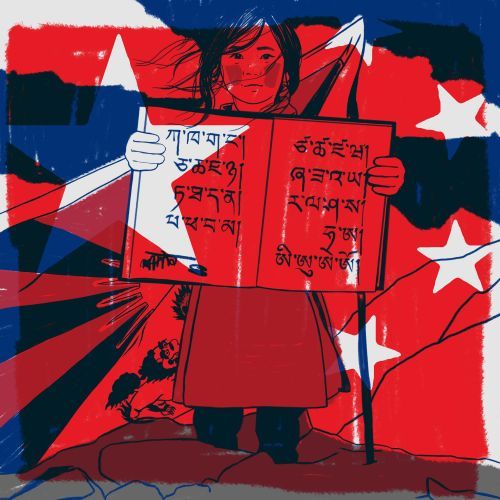Medical tourism and tourist bans in Bali and Nepal
According to Medical Tourism Magazine, more than USD 37 billion will be spent on medical tourism worldwide in 2019. Americans are most likely to visit Mexico, where the cost of medical care can be more than 50% lower than in the US. In addition to Mexico, the countries with the highest medical tourism are Canada, Singapore, Japan, Spain and the UK. However, such trips can be risky – risks include infectious diseases, quality of medical care and language difficulties.
The Nepalese government has introduced a ban on exploring hiking trails alone. From now on, travellers must hire a government-licensed guide or join a group of tourists. This decision is due to the high cost of search and rescue missions for lone hikers. Meanwhile, the Indonesian island of Bali intends to ban foreign tourists from using motorbikes after a series of traffic violations, including riding without clothes, helmets or a driving licence. According to the local police, more than 171 foreigners have violated traffic laws in Bali between the end of February and the beginning of March this year alone.
More than 35% of Japanese – a nation known for its love of tourism – say they have no intention of taking a holiday at home or abroad again. Many people have been discouraged from travelling due to the falling value of the yen and health concerns over the COVID-19 pandemic. Meanwhile, after three years of pandemic restrictions, China is fully opening its borders to foreign visitors, including tourists.
























